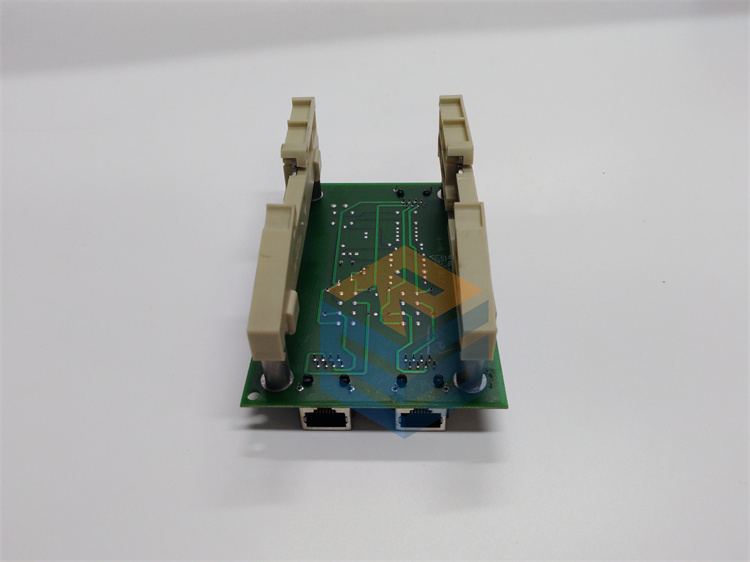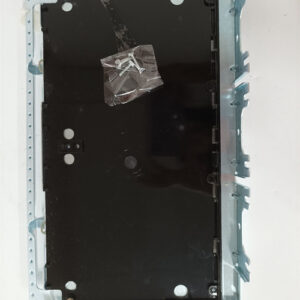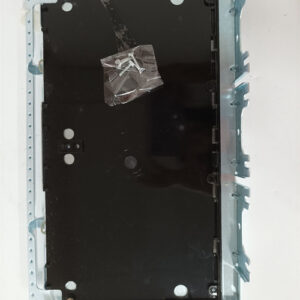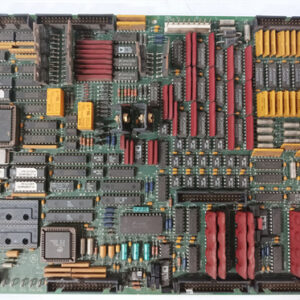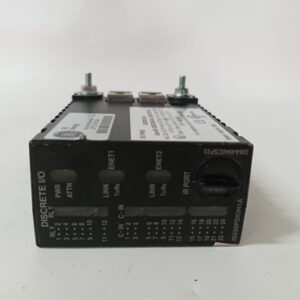الوصف
The GE DS200ACNAG1 is an ARCNET Connection Card utilized within GE’s Mark V control system architecture. This card serves as a vital component that enables communication over ARCNET networks, which are commonly employed in industrial applications for their reliability and effectiveness in real-time data exchange.
Key Features of DS200ACNAG1:
- ARCNET Communication: The DS200ACNAG1 supports the ARCNET protocol, facilitating communication between various devices in a networked environment. ARCNET (Attached Resource Computer Network) uses a token-passing method, ensuring orderly communication and minimizing chances of data collision.
- Data Transmission Speed: This card enables high-speed data transfers, which is critical for real-time applications in process control and monitoring.
- Diagnostic Functions: The card includes comprehensive diagnostic capabilities to monitor communication integrity and detect issues within the network, allowing for proactive maintenance.
- Interoperability: Designed for seamless integration with other components of the GE Mark V control system, the card supports interoperability with various controllers, I/O devices, and human-machine interfaces.
- Robust Design: The DS200ACNAG1 is built to withstand challenging industrial environments, ensuring stable performance under various conditions.
Applications:
- Distributed Control Systems (DCS): The card is extensively used in DCS setups, enabling reliable data communication between distributed components.
- Industrial Automation: It plays a crucial role in industrial automation processes, facilitating interaction among controllers, sensors, and actuators.
- Data Monitoring and Acquisition: The board supports effective data collection and monitoring from connected devices, enabling operators to gain insights into system performance and operational efficiency.
Installation and Configuration:
- Mounting: Properly mount the DS200ACNAG1 within the control panel or enclosure following GE’s installation guidelines, ensuring that it is secure and that there is adequate ventilation.
- Wiring: Establish connections to the ARCNET network, ensuring the use of appropriate cabling and adherence to wiring best practices to minimize interference.
- Software Configuration: After physical installation, configure the card through suitable software tools to set communication parameters and manage connected devices effectively.
Maintenance:
- Routine Diagnostics: Regularly utilize the diagnostic features to monitor network health and identify and resolve connectivity issues promptly.
- Physical Checks: Periodically check physical connections and cabling for wear or damage to maintain optimal performance.
- Firmware Updates: Ensure that the card’s firmware is up-to-date as per GE’s recommendations, allowing for enhanced functionality and security.
If you require more details about the GE DS200ACNAG1 ARCNET Connection Card, such as technical specifications, troubleshooting techniques, or further insights into its operation, please feel free to ask!
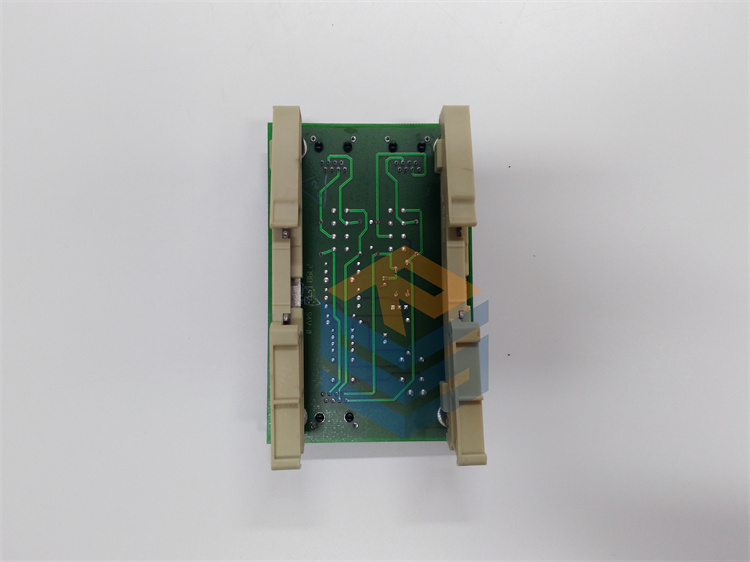


 +86 15340683922
+86 15340683922 +86 15340683922
+86 15340683922